Gliding around on a sheet of mucus doesn’t sound appealing but that is exactly how snails move. Snails lubricate their muscular foot with mucus which reduces friction and the risk of injury from sharp objects. Then they can glide over sharp objects like razor blades and not cut themselves.
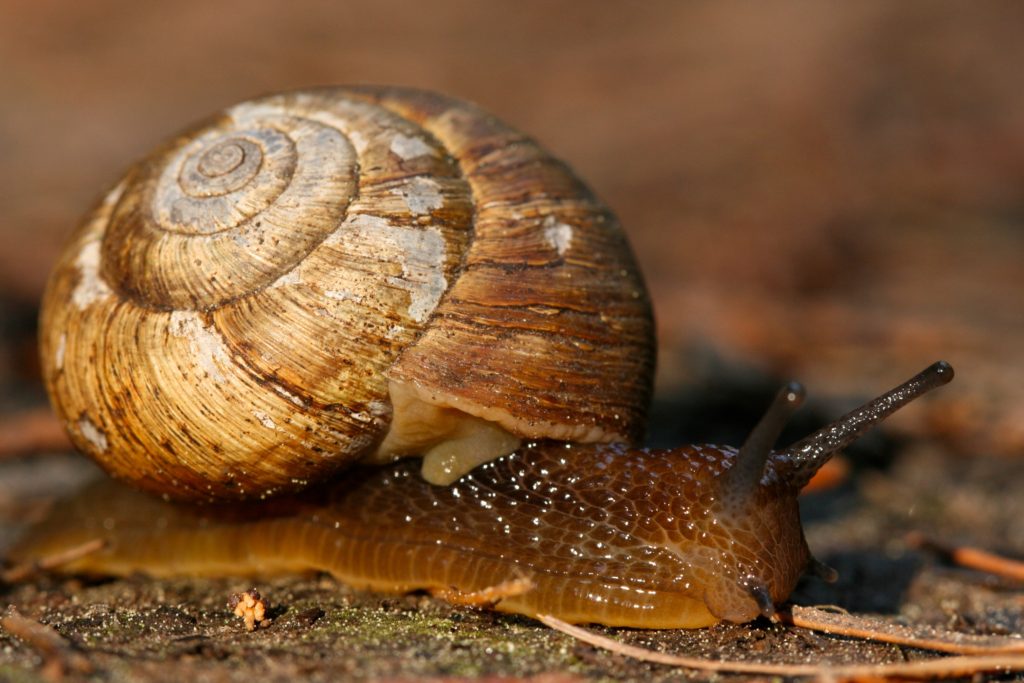
A snail cannot see the best way to go like we do when walking. Their eyes are less complex and only provide a general sense of light and dark. To compensate for this they have tentacles that are sensitive to touch and help them build a picture of their environment.
When looking at a snail, it has two pairs of tentacles on its head. The snail’s eyes are on the longer, upper set of tentacles, while the shorter, bottom tentacles are sensitive to touch. The bottom tentacles also pick up sound vibrations in the air which equates to our ears.
Another interesting aspect of snails is their mouth-they don’t have teeth like we do but have a radula. The radula has microscopic hooks that tear, scrape and cut at what the snail is eating, typically leaves, stems, soft bark, fruit, vegetables and algae.
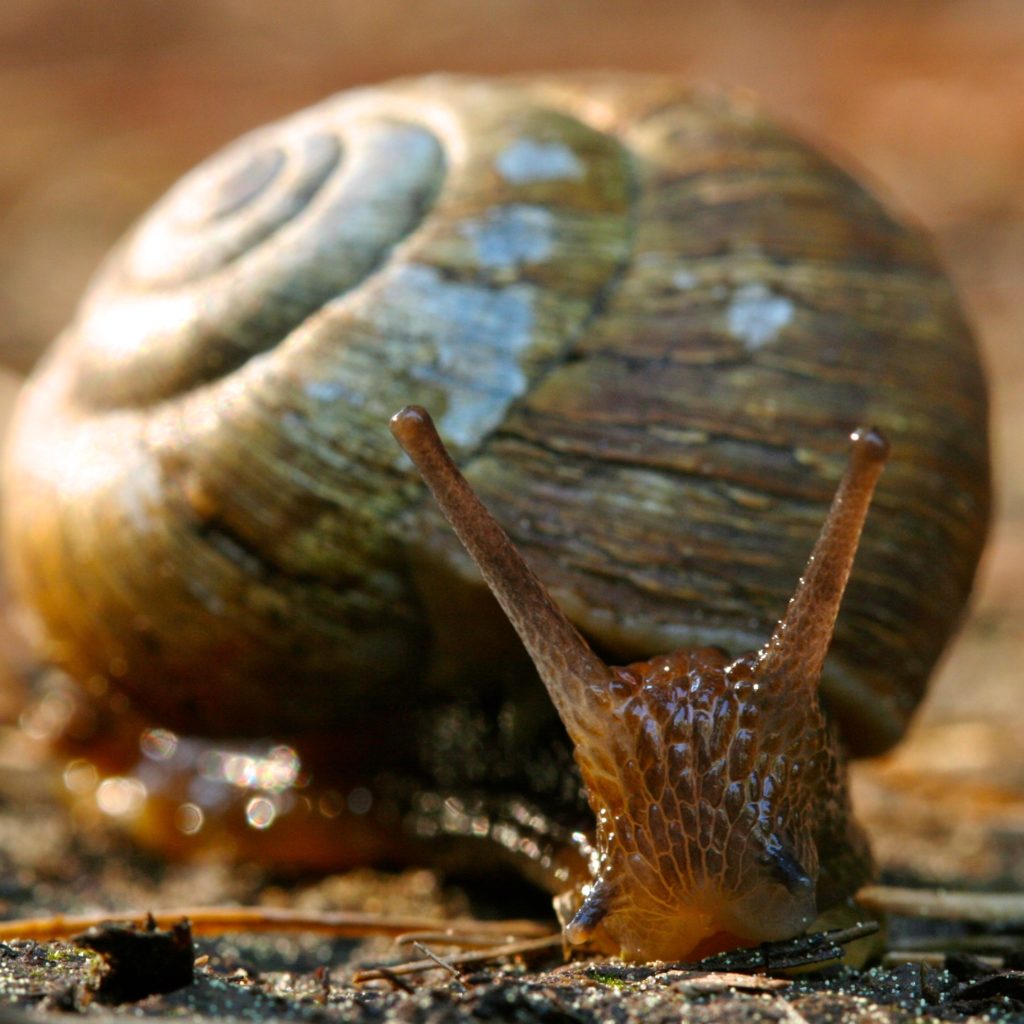
Snails also eat rocks and dirt to obtain calcium for their shells which are made of calcium carbonate. As they grow, snails add to their spiral shell so they need a continual supply of calcium. A lack of calcium can result in a thin or cracked shell. Snails can repair minor damage to their shell if they have enough calcium available, otherwise damage can be fatal.
When the fastest you can escape a predator is three inches per minute, having a built in shelter is ideal. Snails retreat quickly back into their shells when they sense danger, especially when you try to pick them up. The snail’s shell provides protection from predators and the elements. Snails have numerous predators including snakes, toads, turtles, birds and ground beetles.
Snails also retreat into their shell if conditions become too warm or too dry. To avoid heat damage or desiccation, snails may estivate during summer droughts. Estivation is a state of dormancy similar to hibernation but takes place during times of heat and dryness. A snail will find a safe place, such as under bark, in a crack of a stone wall or under a leaf to suction itself to and retreat into its shell.
Snails also retreat into their shells for the winter. They will dig a small hole in the ground or bury themselves in leaf litter and then seal the opening to their shell with a layer of white chalk. In the spring when conditions are warm and moist enough, the snail will push open the chalk seal.
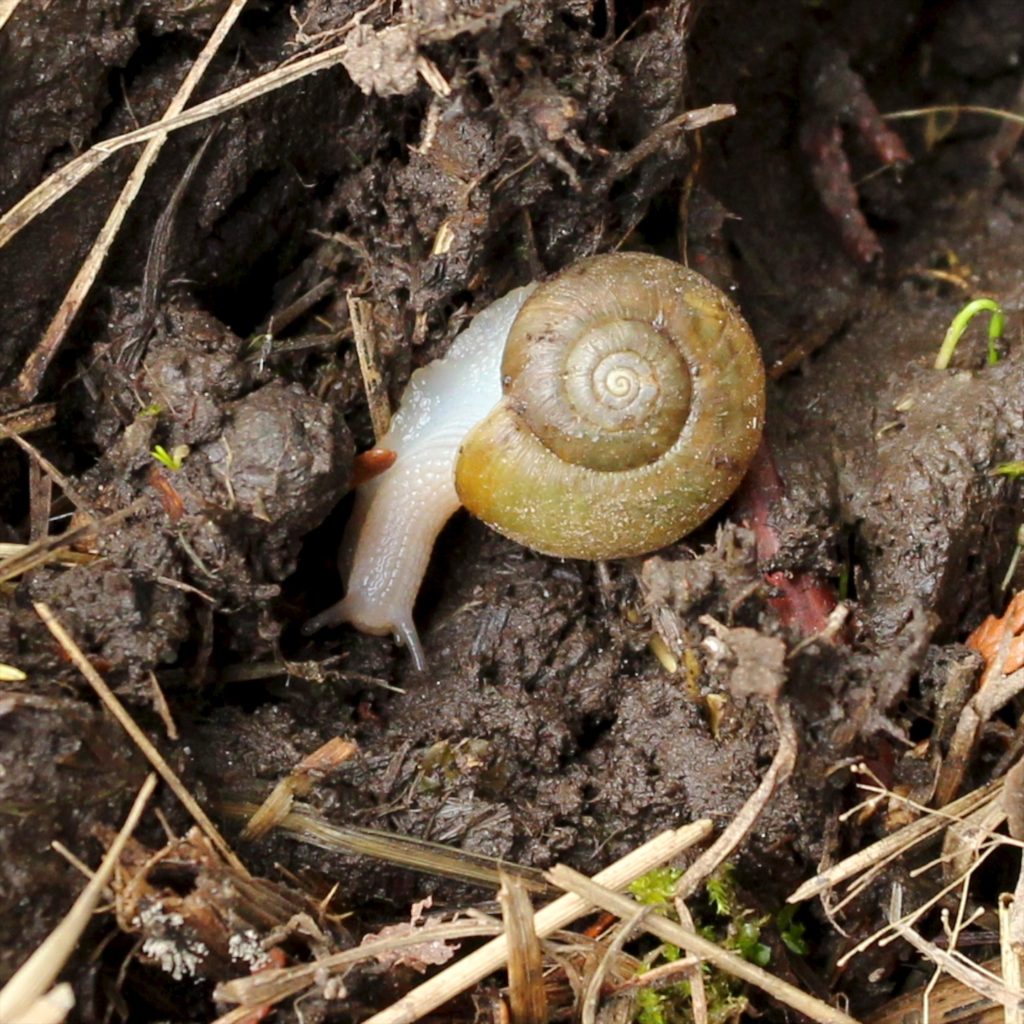
Come spring when the snail is at least a year old, it can lay eggs as often as once a month. Snails are unique in that they are hermaphrodites, meaning they can produce both sperm and eggs. However, snails still court each other and fertilize each others eggs. A snail then lays between 85 and 100 eggs in a shallow hole. The snail mixes soil and mucus with the eggs and then covers the hole with excrement to conceal them.
Newly hatched snails eat their egg for an immediate source of calcium and may also eat other unhatched eggs. It takes roughly three months for the snails to look like miniature adults, because they emerge colorless and transparent with a tiny shell.
Snails are most active at night and on cloudy days. So the best time to see snails slowly inching their way somewhere is on cloudy days, in moist areas or just after a rain storm.
Updated April 2024.

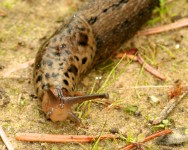
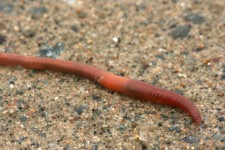

Very cool, I have seen the small translucent ones.
Awesome! Thanks for sharing.
Laura